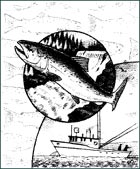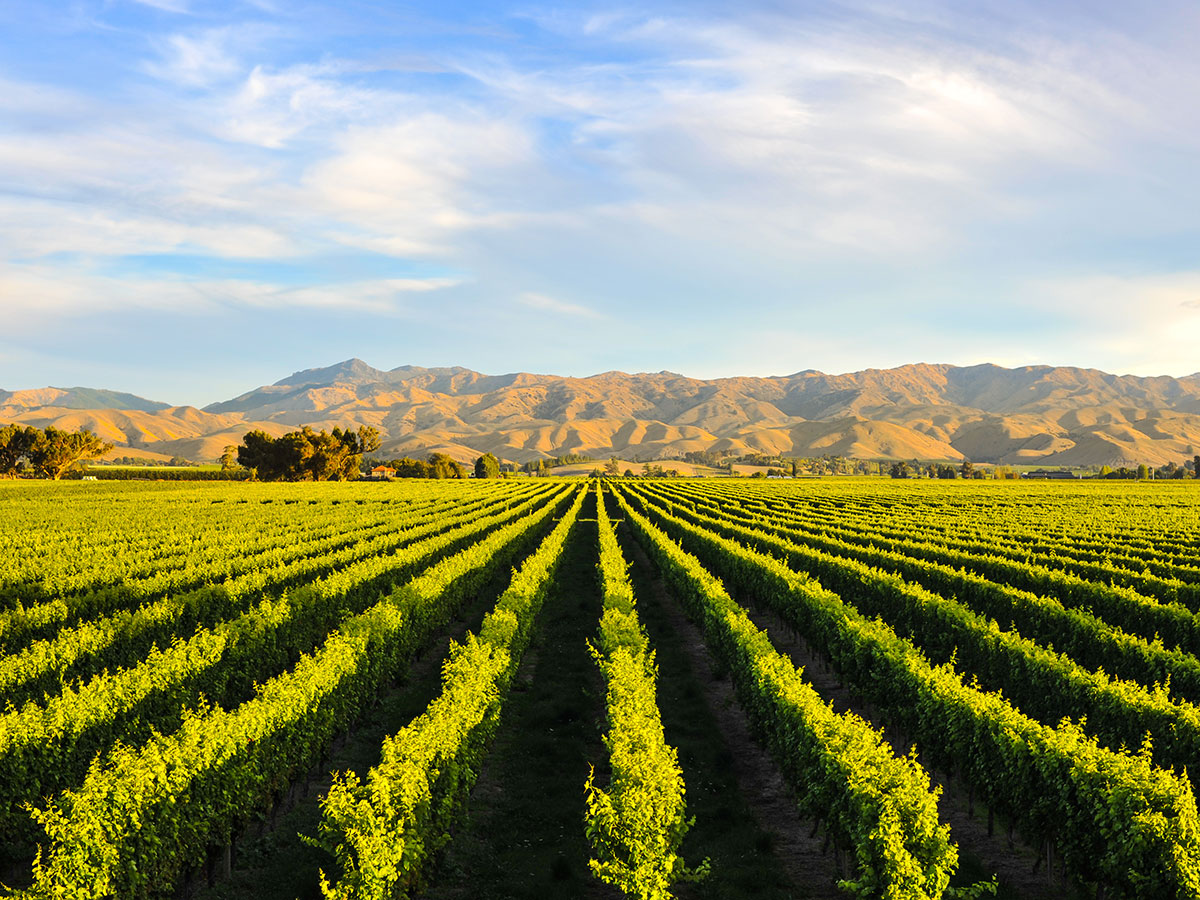
Today, we still have some of the best sport salmon fishing in the world, but our streams are not as productive as they used to be, and fishermen are not enjoying the success of the past. Some ten years ago, I began to think seriously about this problem.
I looked at it this way: Here we have fishermen who come to Iceland and spend $1,000 on average for every fish they catch. At the same time, out at sea commercial fishermen are netting these fish and selling them for $10 per fish if they are lucky. In addition, salmon farming has grown to the point where it basically supplies all the salmon the market requires and reduces the price commercial netters can obtain for wild salmon. This seemed to me to be a very wasteful and economically foolish situation. It was like selling a product worth $1,000 for 1% of its true value.
Because Iceland has fishing quotas, I saw an opportunity for trade.
Twenty or so years ago, Iceland found itself with too many commercial boats chasing an ever decreasing number of fish. The government decided to introduce a system of fishing quotas which, over time, became individual transferable quotas, or ITQs. These quotas gave fishers property rights in a portion of the catch. The quotas can be bought and sold, and an active market developed. The fishing industry reorganized. Weaker, inefficient fishing companies went out of business. The remaining companies became much more efficient; technology thrived; control of the fishing resources became much easier; and more and better jobs were created to support this industry. Fishing quotas in Iceland became attractive investments for insurance companies and pension funds. In short, Iceland had developed an effective process to manage its valuable fish resources.
It occurred to me that the commercial salmon quotas in the North Atlantic were an undervalued environmental and economic resource. They could be much more valuable to the economies of Iceland, the British Isles, Scandinavia, and Canada than they were to the fishermen who owned them. Since commercial fishermen primarily want to make a living, they would fish for other species just as readily as for salmon. Or, if the jobs were there, they would in most cases gladly do other things to earn living for themselves and their families.
So, I formed the North Atlantic Salmon Fund, and in 1989 we began to negotiate and purchase these quotas and take them out of production. The North Atlantic Salmon Fund has made deals with the people who own the fishing quotas in the Faroe Islands and Greenland. The same concept has been used to some extent in Labrador and Newfoundland.
Since we started purchasing salmon quotas, we have acquired more than 4,000 metric tons of quotas from the high seas. This represents about 95% of all salmon quotas issued on the high seas during this period and approximately 1.4 million individual salmon. These are native, wild salmon-not stocked or farmed fish. We have spent approximately $6 million or about $4.20 per fish. The $6 million we have spent has resulted in a potential benefit to the economies of the various countries in the North Atlantic region of over $1 billion.
The acquisition of these quotas had an unexpected side benefit: It virtually eliminated illegal netting. Once the legal netting rights were retired, pirates were the only people left fishing, so their illegal activities were pretty easy to spot!
Our efforts get quite a “bang for the buck.” The problem, of course, is getting the bucks! We have had to fight for every dollar, pound, and krona. Most of the funds we have raised have come from individuals, river owners, fishermen, and conservationists. (By the way, we have recently been approved as a tax-exempt 501(c)(3) organization in the United States. Your contribution is now taxfree.)
We have received some help from governments. The Icelandic government gave us matching funds to acquire the remaining nets in Icelandic waters. From the United States, the National Fish and Wildlife Foundation and the State Department have helped us find alternative jobs for netsmen who voluntarily cease their netting activities.
The North Atlantic Salmon Fund is also actively engaged in salmon conservation generally, not just the purchase of salmon quotas. We spend quite a bit of time lobbying (actually “fighting” would be a better word) European governments who, in my view, generally hate simple solutions to problems.
Furthermore, the option of retiring commercial netting rights is not available everywhere, because in many places there are no private netting rights. The rivers of New England were full of wild salmon 200 years ago. But there are no longer any meaningful populations of salmon there. I have just read (in Ed Baum’s excellent new book: Maine Atlantic Salmon) that efforts to restore wild salmon to New England have been going on for 140 years. Indeed, 96 million salmon, as fries, parr, and smolts, have been released into New England rivers. Yet no North Atlantic salmon population has been restored in any river in the United States. It would seem, therefore, that you in the U.S. also should have an interest in what we do-saving the salmon on the high seas.
I have another idea for the North Atlantic. When I look at this huge, crystal-clear, cold, and pristine environment, I see a great economic opportunity. This environment consists of plankton, small fish like the capelin sardine, cod, salmon, seals, and whales. The products of the North Atlantic should, it seems to me, be as highly regarded by consumers as is wine from the Napa Valley, potatoes from Idaho, or Scotch from Scotland.
I am in the process of developing a concept I call North Atlantic Quality or NAQ. The idea would take the form of a quality control label, like the “appellation contr�?�lŽe” for the wines of France. Suppliers in the North Atlantic region who meet certain high standards for quality control and environmentally sensitive practices could use a distinctive label of the North Atlantic region. We believe this marketing approach would attract international investment to our fishing industry and encourage consumers to prefer North Atlantic seafood, thereby securing the long-term growth of fish stocks. As you might have guessed, I would prefer that the salmon we market in this way be farmed salmon, not our few remaining wild fish!
Orri Vigf�?sson is a businessman in Reykjav�??k, Iceland, and chairman of the North Atlantic Salmon Fund. Vigf�?sson is featured in Enviro-Capitalists. (See below.)


